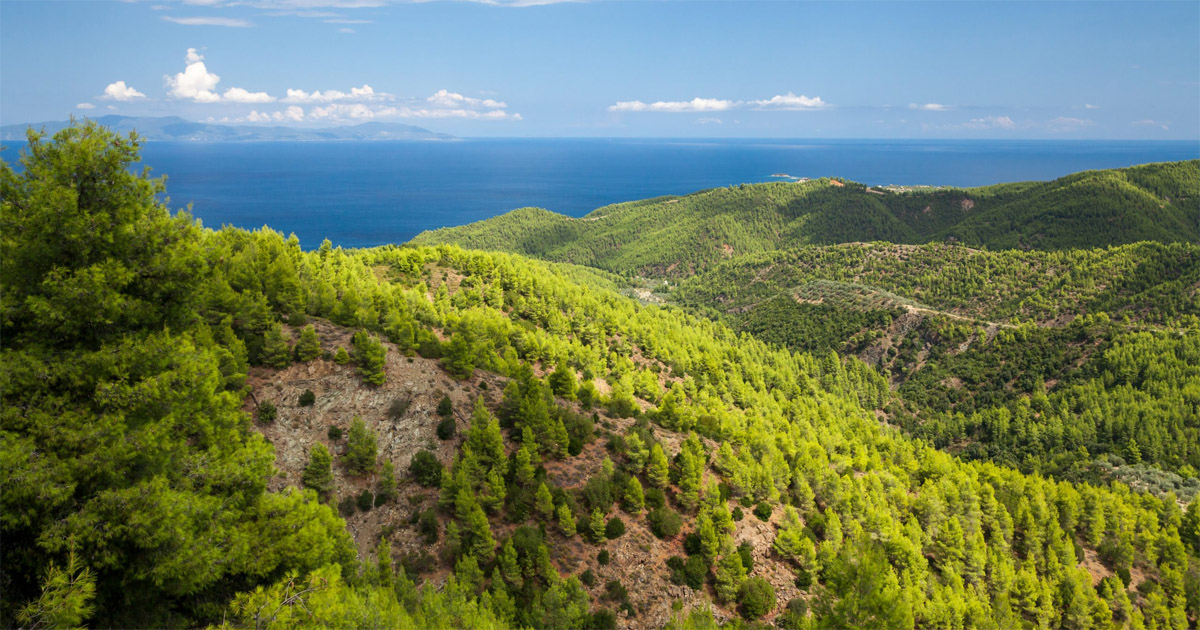The Tonle Sap Lake and Floodplain (TSLF) supports many globally threatened species and its fishery has sustained Cambodia’s people for millennia. The rate of habitat loss has accelerated in recent years due to political and economic conditions, and a warming climate and El Niño events that created opportunities for people to burn scrubland at an elevated rate. Here, we use a point-based landcover assessment method to document the impacts of local-scale drivers, in particular agricultural intensification, on habitat trends between 1993 and 2018. The areal extent of scrubland and grassland in the TSLF declined from ~ 74% in 1993 to ~ 52% in 2018, as a result of intensification and expansion of rice cultivation. During that time period, grassland cover declined from ~ 3160 to ~ 519 km2, whilst between 2008 and 2018, scrubland cover declined from ~ 8660 to ~ 6776 km2. Habitat loss has had catastrophic implications for grassland-dependant species, such as Bengal Florican, and, we estimate that habitat changes in the TSLF may have caused carbon stocks to decline by 12% while fish productivity is also likely to have dropped, with significant implications for food security. To put this habitat loss in context, losses over the past 10 years have been nearly twice as large as published predictions of the amount likely to be lost between 2010 and 2040 due to hydropower. We suggest that the expansion and intensification of rice cultivation is the greatest current threat to habitats in the TSLF and deserves greater attention from policy makers and practitioners.
DOI:
https://doi.org/10.1007/s11273-020-09740-1
Altmetric score:
Dimensions Citation Count:
























